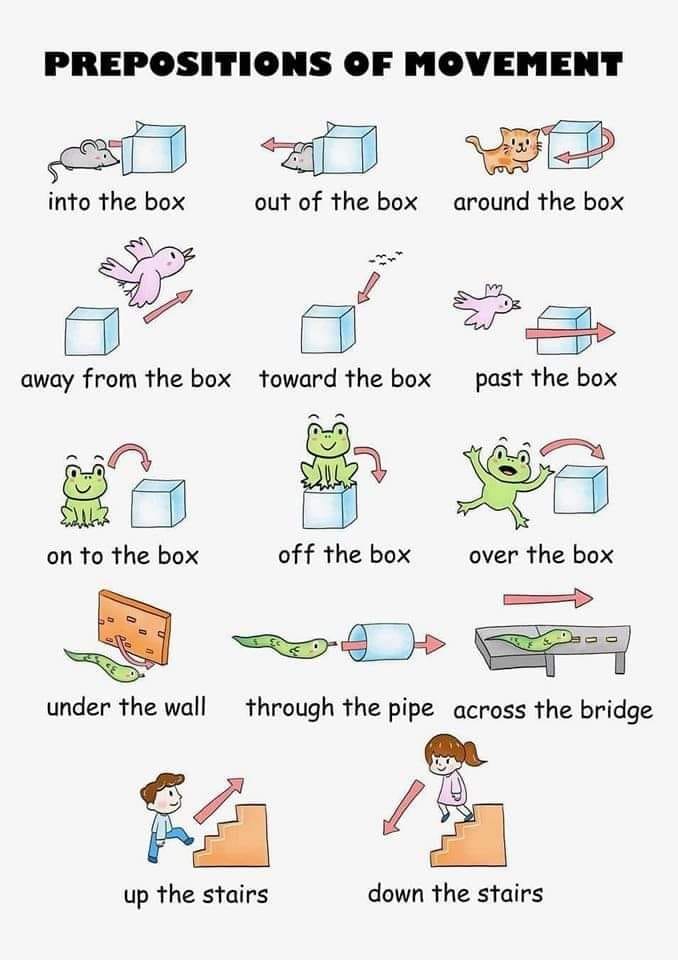
Preposition
Table of Content:
Prepositions are words that express a relationship between a noun or pronoun (known as the object of the preposition) and another part of the sentence. Together, these form prepositional phrases, which can function as adjectives or as adverbs in a sentence. Some examples of prepositional phrases are: on the table, in the shed, and across the field. (The prepositions are in bold.)
A preposition links nouns, pronouns and phrases to other words in a sentence. They begin prepositional phrases.
A prepositional phrase is a group of words containing a preposition, a noun or pronoun object of the preposition, and any modifiers of the object.
- The cat sleeps on the sofa.
For example, in the sentence "The cat sleeps on the sofa", the word "on" is a preposition, introducing the prepositional phrase “on the sofa”.
Each of the highlighted words in the following sentences is a preposition:
- The children climbed the mountain without
In this sentence, the preposition “without” introduces the noun "fear." The prepositional phrase “without fear” functions as an adverb describing how the children climbed.
- There was rejoicing throughout the land when the government was defeated.
Here the Preposition "throughout" introduces the noun phrase "the land." The prepositional phrase acts as an adverb describing the location of the rejoicing.
- The spider crawled slowly along the banister.
Preposition "along" introduces the noun phrase "the banister" and the prepositional phrase "along the banister" acts as an adverb, describing where the spider crawled.
- The dog is hiding under the porch because it knows it will be punished for chewing up a new pair of shoes.
Here the preposition "under" introduces the prepositional phrase "under the porch," which acts as adverb modifying the compound verb "is hiding.
English Preposition Rule
A preposition is always followed by a "noun". It is never followed by a verb.
By “noun” we include:
noun (dog, money, love)
proper noun (name) (Bangkok, Mary)
pronoun (you, him, us)
noun group (my first job)
gerund (swimming)
A preposition cannot be followed by a verb. If we want to follow a preposition by a verb, we must use the "-ing" form which is really a gerund or verb in noun form.
